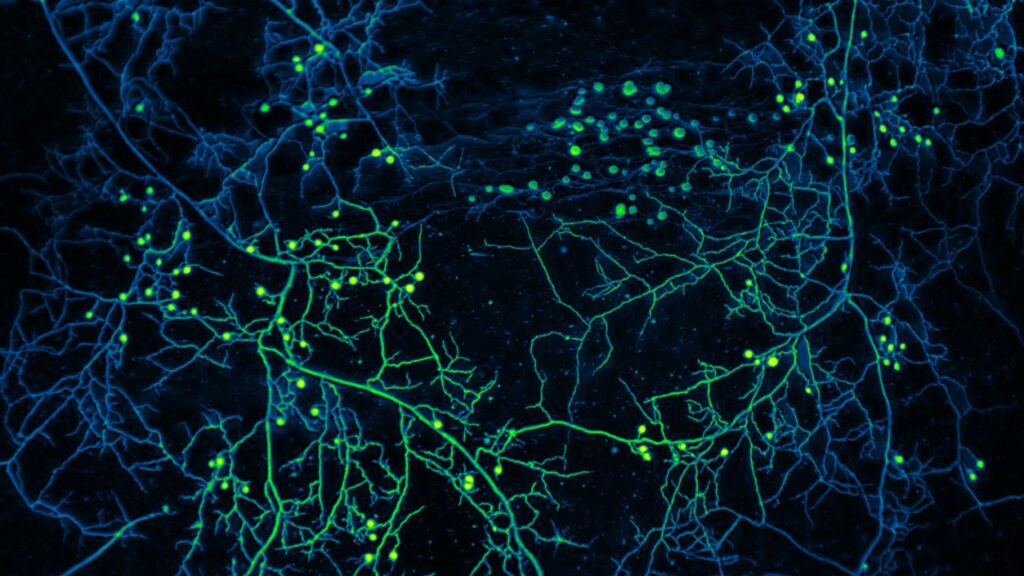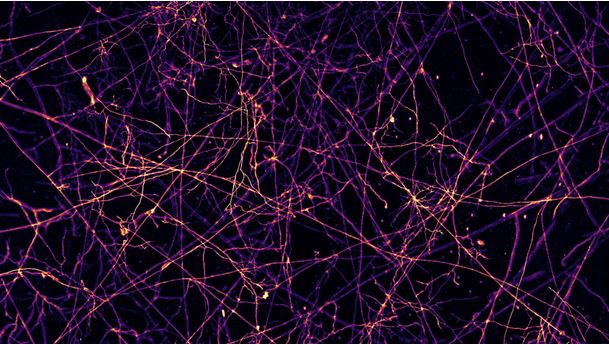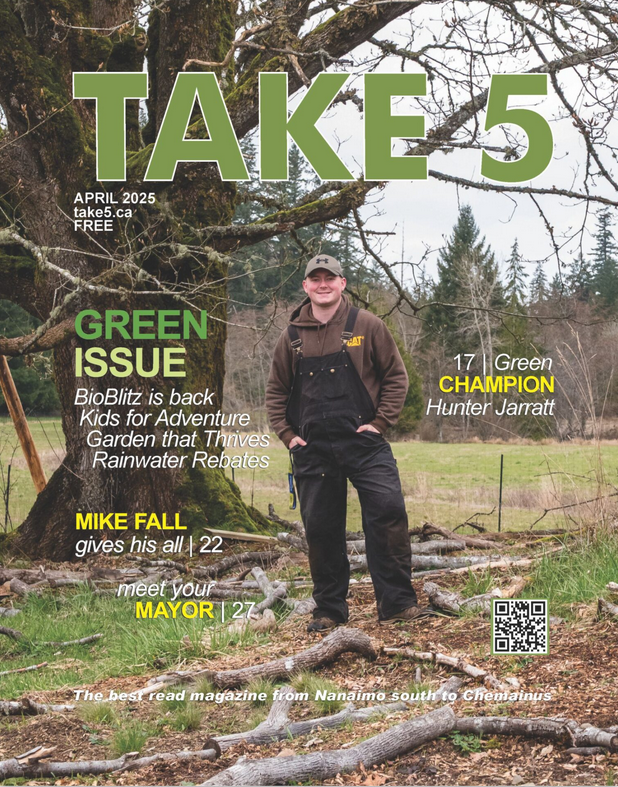Underground fungal networks are one of the biggest untapped levers in climate science. A new global mapping project will identify high priority sites with the potential to survive extreme climate events
By Watershed Sentinel staff, February 28, 2022

They support much of life on Earth, and just might hold a major key to carbon balance. We all know about magic mushrooms, nutritious mushrooms, and may have even heard about the ecosystem-healing potential of mushrooms. Now the Society for the Protection of Underground Networks (SPUN), which maps underground fungal networks, will lead the first global exploration of these fungal networks. SPUN says that the trillions of kilometres of underground networks play a critical role below the surface, moving nutrients across ecosystems.
Fungal networks are also one of the biggest untapped levers in climate science. Billions of tons of carbon dioxide (CO2) flow annually from plants into fungal networks. This carbon flow helps make soils the second largest global carbon sink, after oceans.
Globally, approximately 75% of terrestrial carbon is in the soil. This is three times more than the amount stored in living plants and animals. Fungal networks make up to 50% of the living biomass of soils.

Previous estimates had suggested five billion tons of carbon dioxide flow into fungal networks each year, equal to more than half of all energy-related CO2 emissions in 2021. Scientists are now revising this estimate, which could be three times that amount (approximately 17 billion tons), when all fungal networks are considered. High latitude below-ground ecosystems hold 13 times more carbon than rainforests.
Habitat loss, driven by agricultural expansion, pollution, urbanization, and deforestation is the largest cause of biodiversity loss worldwide. Without their plant partners, fungal networks cannot survive. Logging, agriculture, and urbanization cause drastic disruption to the structure and physical integrity of underground fungal networks. This impairs their ability to sequester carbon, move nutrients, and promote soil aggregation.
Protecting the underground from cropland expansion could save the release of 41 billion tons of CO2 over the next 30 years – eight times the annual CO2 emissions of the USA.
View more photos and continue reading here.
The award-winning Watershed Sentinel offers a mix of bioregional and global perspectives on environmental, health and sustainability topics.














